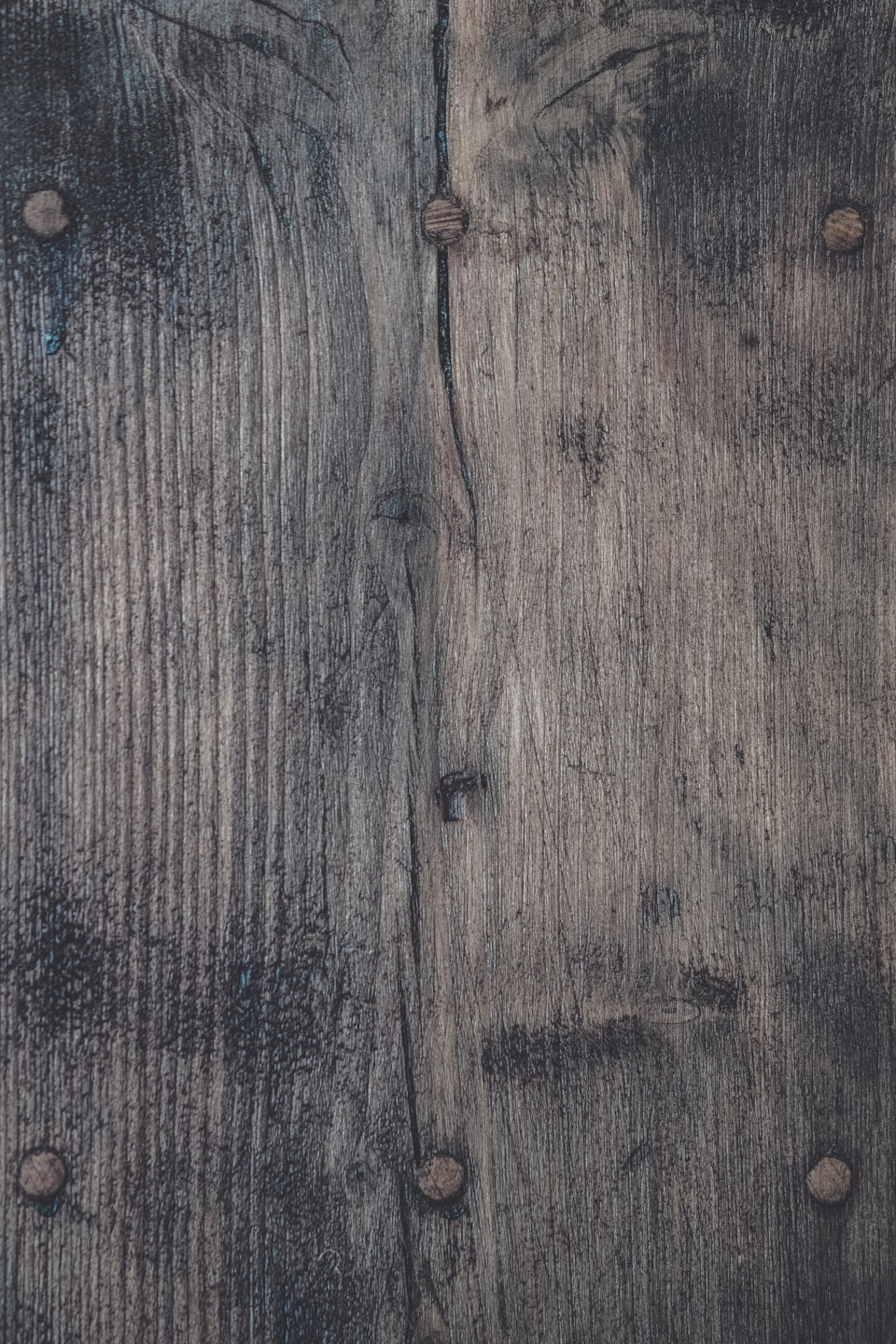Comparing Granadillo to Other Exotic Hardwoods
Granadillo, a stunning tropical hardwood from Central and South America, is often compared to other exotic hardwoods like Rosewood, Ebony, Cocobolo, and Bubinga due to its rich color, density, and versatility. Primarily sourced from Platymiscium species or Dalbergia granadillo, Granadillo holds its own in furniture, musical instruments, and decorative crafts. Here’s a detailed comparison to help you choose the right wood for your project.
1. Granadillo Overview
- Color: Deep reddish-brown to purplish-brown with black streaks, often with a caramel-like scent when worked.
- Density/Hardness: Janka hardness ~2,000–2,700 lbf, specific gravity ~0.85–1.0.
- Grain: Tight, interlocked, with a smooth texture; polishes to a high gloss.
- Uses: Furniture (tables, chairs, cabinets), musical instruments (guitars, marimbas), inlays, and turnings.
- Sustainability: Dalbergia granadillo is critically endangered (IUCN Red List); Platymiscium pleiostachyum is CITES Appendix II. Ethical sourcing is critical.
- Cost: Moderately expensive, less than premium rosewoods but pricier than domestic hardwoods like oak.
2. Granadillo vs. Rosewood (Dalbergia spp.)
- Color: Rosewood (e.g., Brazilian Rosewood) has similar reddish-brown to dark purple tones but often with more pronounced black veining. Granadillo’s color is slightly less varied but still vibrant.
- Hardness: Rosewood (~2,200–3,000 lbf) is slightly harder than Granadillo, offering comparable durability.
- Workability: Both are dense and oily, requiring sharp tools and degreasing for gluing. Granadillo is easier to source due to Rosewood’s CITES restrictions.
- Uses: Rosewood is iconic for guitars and luxury furniture but is heavily regulated. Granadillo serves as a sustainable alternative for similar applications.
- Sustainability: Brazilian Rosewood is nearly extinct in the wild (CITES Appendix I); Granadillo is more available but still faces overharvesting risks.
- Cost: Granadillo is significantly cheaper than Brazilian Rosewood, which is scarce and costly.
3. Granadillo vs. Ebony (Diospyros spp.)
- Color: Ebony is jet-black or dark brown, lacking Granadillo’s warm red tones, making it less versatile for colorful designs.
- Hardness: Ebony (~3,000–4,000 lbf) is much harder, ideal for high-wear items like piano keys but less forgiving to work with.
- Workability: Ebony’s extreme density makes it prone to splitting; Granadillo is easier to machine and finish.
- Uses: Ebony excels in small, high-detail items (e.g., inlays, knife handles), while Granadillo suits larger furniture pieces.
- Sustainability: Ebony is also endangered in many regions, with similar sourcing challenges.
- Cost: Ebony is typically pricier due to its rarity and demand.
4. Granadillo vs. Cocobolo (Dalbergia retusa)
- Color: Cocobolo offers a bolder range of orange, red, and yellow hues, shifting dramatically over time, while Granadillo’s tones are more consistent.
- Hardness: Cocobolo (~2,700–3,300 lbf) is slightly harder, with similar durability.
- Workability: Both are oily, but Cocobolo’s oils can cause allergic reactions in some workers, whereas Granadillo is generally less irritating.
- Uses: Cocobolo is favored for knife handles, turnings, and small furniture; Granadillo’s larger, straighter logs suit bigger pieces like tables.
- Sustainability: Cocobolo is CITES Appendix II and heavily restricted; Granadillo is more accessible but still requires careful sourcing.
- Cost: Cocobolo is often more expensive due to limited supply.
5. Granadillo vs. Bubinga (Guibourtia demeusei)
- Color: Bubinga ranges from pinkish-red to dark brown, often with dramatic figuring (e.g., waterfall patterns), while Granadillo’s grain is subtler but equally warm.
- Hardness: Bubinga (~2,400–2,700 lbf) matches Granadillo’s hardness, offering similar strength.
- Workability: Bubinga’s figuring can complicate planing, while Granadillo’s interlocked grain is more predictable but still requires sharp tools.
- Uses: Bubinga is popular for veneers and large slabs; Granadillo is better for detailed carvings and musical instruments.
- Sustainability: Bubinga is CITES Appendix II, with declining availability. Granadillo faces similar concerns but is slightly more abundant.
- Cost: Both are comparably priced, though Bubinga’s figured slabs can fetch a premium.
Key Advantages of Granadillo
- Versatility: Balances color, durability, and workability for furniture, instruments, and inlays.
- Sustainability Edge: More available than Brazilian Rosewood or Ebony, though ethical sourcing remains crucial.
- Cost-Effectiveness: Offers rosewood-like qualities at a lower price, ideal for budget-conscious projects.
- Acoustic Properties: Its resonance makes it a top choice for musically inspired furniture or instruments.
Considerations
- Allergies: Granadillo’s dust may irritate some, though less than Cocobolo. Use proper ventilation and masks.
- Finishing: Its oily nature requires degreasing before gluing or finishing, similar to Rosewood and Cocobolo.
- Availability: Varies by species; Platymiscium is more common than Dalbergia granadillo, but always verify sourcing.
Which to Choose?
- For Vibrant Furniture: Granadillo or Bubinga for warm, durable pieces; Cocobolo for bolder colors.
- For Musical Instruments: Granadillo or Rosewood for resonance; Ebony for smaller, high-precision parts.
- For Budget: Granadillo offers the best balance of cost, beauty, and availability.
- For Sustainability: Prioritize certified sources for all, as each faces conservation challenges.
Granadillo stands out as a versatile, rosewood-like alternative with broad applications, making it a smart pick for artisans seeking beauty and durability without the scarcity of other exotics.



